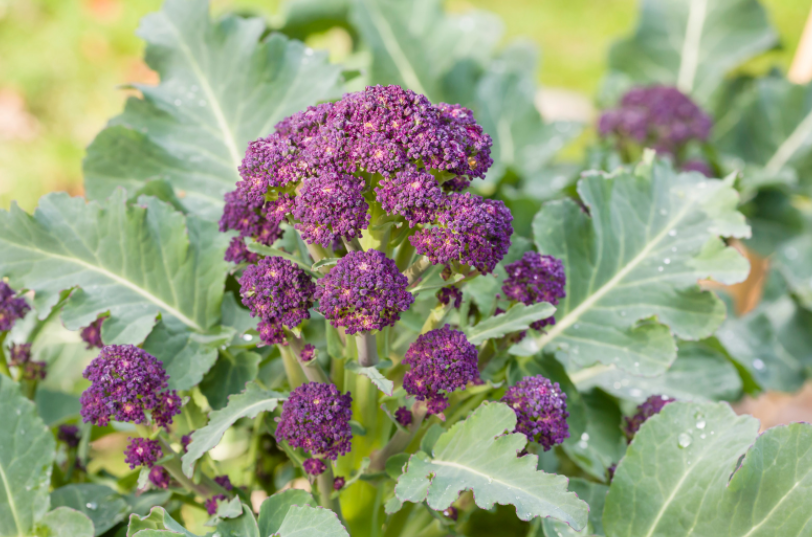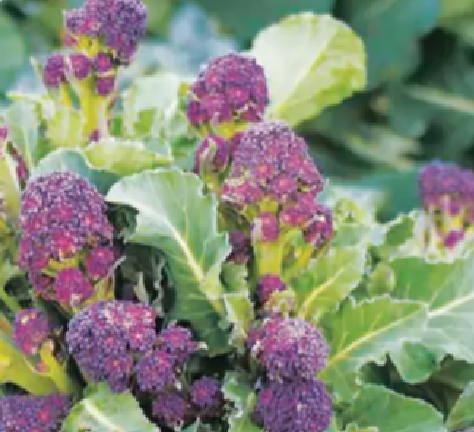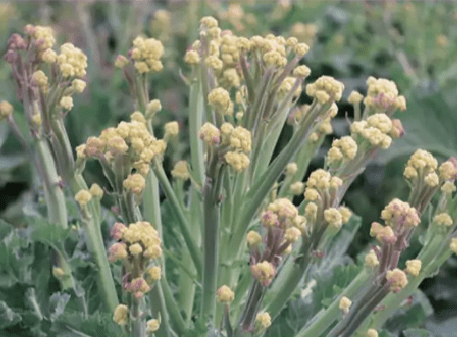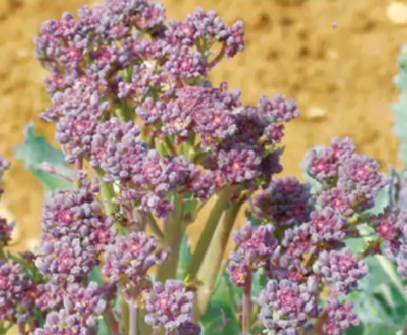
Sprouting broccoli essentials sends us into a frenzy when it’s in season, but few of us remember to plant this delectable veggie in the spring.
Yes, it’s a long-term commitment, but why not start with some purple (or white) sprouting broccoli now? It will undoubtedly please your inner chef in a year.
Breeding Enhancements
When cultivating sprouting broccoli, there are two critical aspects to keep in mind: It takes a long time to mature, and the plants might grow enormous.
Conventional varieties are being grown now, but their crop of lovely soft spears will not be available until March or April.
However, developments in breeding have resulted in the availability of summer-maturing types (see overleaf), and you can interplant with short drills of quick-maturing crops such as radishes and salad leaves while your sprouting broccoli bulks up.
Essentials For Sowing And Planting
I sow two seedlings per cell into modules under glass, thinning them later to leave the most vigorous seedlings. Seedlings are either potted to grow on or transferred out into their ultimate spacings if mild weather (open, sunny spots preferred).
Before planting sprouting broccoli, amend the soil with garden compost or high-nitrogen chicken pellets; place plants at least 3ft (1m) apart.
Pests can be easily controlled with netting and root fly collars, and constant hoeing and watering in dry seasons will allow plants to grow swiftly.
Remove any lower yellow leaves as they age, and provide proper irrigation and feeding throughout the summer and early autumn (a fortnightly liquid feed of Growmore is ideal) to ensure that the plants bulk out adequately.
Avoiding Common Sprouting Issues
Caterpillars: Grow plants in a butterfly netting cage. Clean any leaves that come into contact with the netting.
Pigeons: Plants can be protected against pigeons by covering them with netting or mesh fleece. Regularly inspect for holes.
Freezing damage: Double-check your variety if your spears turn mush in a freeze. Some types (such as summer varieties) are less resilient.
Clubroot: Lime, your bed, to get it to a pH of 8. Rather than tiny plug plants, large plants should be transplanted into 5in (13cm) pots.
Wind rock: These tall plants can be blown away in strong winds. Individual plants should be staked with strong canes or beanpoles.
Rotate crops every year, and wrap brassica collars around transplants to prevent root flies. There is also a biocontrol nematode available.
5 Quick Tips
1. Less darkness is required if your potato chits grow long and leggy. Place the tubers in direct sunlight to develop solid and durable chits (such as a sunny windowsill).
2. If you’ve seeded slow-germinating crops like celery, parsley, or asparagus, keep the seed compost moist by watering sparingly and frequently.
3. Seed exchange is an excellent approach to saving money while sharing new types with like-minded people. Consider donating any extras to school gardening clubs.
4. Hard frosts can cause newly planted fruit to ‘pop’ out of the soil, so inspect beds after cold spells and firm soil back in with your foot.
5. Invest in growing lamps if your indoor sowings produce lanky results. Fluorescent systems are efficient, cost-effective, and widely available.
Best Variety For Year-Round Harvesting
1.’Cardinal‘: A traditional early spring-maturing variety of purple sprouting broccoli.

This RHS AGM winner will consistently produce excellent, good-sized spears of sprouts during March and April.
2.’Burbank‘: This F1 hybrid variety has white spears instead of purple. It was bred in the U.K and had an RHS AGM.
It will produce fragile pale spears in flushes from February until early April if planted now.
3.’Santee‘: An F1 hybrid has received an RHS AGM for its cropping speed.
Sow this growing broccoli now, and you’ll have spears to pick in June! A step up from typical summer croppers.
Place Your Green Manures In The Ground
WERE YOU QUICK TO SOW OVERWINTER GREEN MANURE IN THE AUTUMN?
Hardy crops such as mustards, field beans, Italian grazing rye, and winter tares are good at producing a thick layer of green mulch that locks in nutrients and suffocates weeds.
They must assimilate their top growth into the soil now that they have developed through the winter. It will then have plenty of time to degrade and break down, ready for spring transplants or vigorous sowings of beans or peas to begin.
If you want to get some exercise, you can chop up and dig in the dung (ryegrass needs this treatment as its roots are extensive). Others can be hoed, pulled up, and dug in — or, if you prefer no-dig gardening, uprooted and laid on the surface.
Decomposition can be sped up by chopping with shears and covering with cardboard and mulch.

























